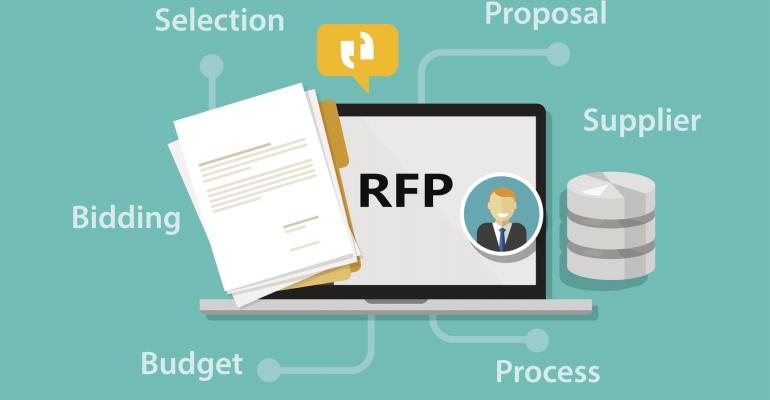Given the current market conditions, it is essential that we elevate the electronic request for proposal process for group meetings on both the buyer and supplier side of the equation. This is a passion of mine that I’ve been presenting on for a few years, and during my sessions both planners and suppliers have shared great advice. Here are some of the key recommendations I hear consistently that can elevate the e-RFP process for everyone.
Supplier Best Practices
Be responsive: Respond within the requested timeframe, even if it is to say that you will need some additional time to compile a comprehensive proposal.
Be honest: When you have to decline a piece of business, let the planner know the reason why. Maybe there’s a competitor in house or the group room commitment is already full over those dates, but a simple “not available” answer raises suspicions that you are just waiting for a better piece of business.
Be transparent: Share challenges with the specific piece of business, for example, that there is too much meeting space requested for the number of sleeping rooms. Help the planner understand the impact of the issue.
Be accurate: Respond to the right client. Yes, it's true—when cutting and pasting, some sales reps have inserted the wrong company name. This seems to be grounds for immediate elimination from the bidding process.
Be Bold: Although many e-RFPs come through stating they are not flexible with dates, most planners tell me they are willing to consider alternatives scenarios, if their preferred dates are not available.
Planner Best Practices
Be responsive: Sometimes there is missing information from the e-RFP that precludes the supplier from providing a great response. If the supplier reaches out to you, take a few minutes to clarify your requirements.
Be honest: If you have decided on a supplier, let the others who submitted e-RFPs know they did not get the business and, briefly, the reason why (rate, not the preferred property, etc.).
Be transparent: Share your budget, history, and objectives at the start of the RFP process. This is extremely helpful for hoteliers, especially if they are trying to “sell” your business to the revenue manager over a competing piece of business.
Be accurate: Prioritize your concession list to let the hotelier know which concessions are essential and which are not as important.
Be bold: Indicate the number of venues you have sent your e-RFP out to. Your request will be far more appealing if you have sent it out to six hotels versus 26.
I hope you will elevate your e-RFPs by incorporating some of these recommendations into your process!






